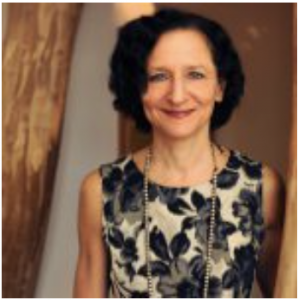Jay Vidyarthi:
The Role of Mindfulness in Design Activism
2018-01-30 12:30 at DGP: BCIT, 5th Floor
Abstract
In the past few years, we’ve witnessed powerful unintended consequences of modern technology. Researchers and journalists have been publishing about the pitfalls of an attention economy, the internet as an echo chamber, social medias effects on mental health, a lack of inclusive design, and more. The hype around an internet utopia seems to be fading. As technologists, its becoming more important for us to acknowledge how our context, values and perspectives manifest in the ideas, products, systems, and services we create.
Ive worked as a specialist in user experience and human-computer interaction in a wide range of contexts, including startups, academic research, hospitals, governments, and fortune 500 companies. 7 years ago, I realized that aligning my personal values was the key to my best work, so I quit my job as a UX mercenary and began to specialize in the intersection of mindfulness, mental health, and technology. It is in this space that Ive not only done my best work, but Ive also shifted my perspective about the role of human-computer interaction and user experience specialists.
Design activism is not just a side hustle, its part of the job. Good design is not just about usability, engagement and instant gratification. Modern organizations with lofty missions to improve the world rely on researchers and designers to understand context, but its up to us to ensure a holistic approach. The commodification of human attention has enabled todays technologies to covertly influence our identities, our politics, our relationships, and our health. This is why mindfulness a practice which has been scientifically shown to train attention and help manage mental health must play a role in shaping the way we design and use technology in the future.
Bio
Jay Vidyarthi is an award-winning experience designer and researcher focused on projects related to mindfulness and well-being. He guides teams through a human-centered approach to creating useful products, systems, and services.
Forbes recently named Jay in a list of 10 world renowned meditation tech experts. He used a lean, iterative process to design Muse: the brain sensing headband, a successful consumer product experience which gives you feedback on your brain while you meditate. His related academic work on a persuasive technology for mindfulness called Sonic Cradle has been published and well-cited in the literature on human-computer interaction. Jay also leads UX projects for major international clients in a wide range of other sectors.
Jay helped launch A Mindful Society an annual conference which attracts 500+ leaders in healthcare, education, business and government where he takes a unique design thinking approach to co-create each event directly with the audience.
More information about the 2017/2018 Tux presentation series is available on the official Tux website.




